
ICDA and BoardPro partnership unlocks digital governance tools for not-for-profits nationwide
Posted on 10 Dec 2025
Adele Stowe-Lindner, Executive Director, Community Directors The Institute of Community Directors…
Posted on 06 Feb 2024
By Greg Thom, journalist, Institute of Community Directors Australia

The peak national advocacy body for women in sport has spoken out in support of new guidelines designed to protect participants in junior and community sport.
The peak national advocacy body for women in sport has spoken out in support of new guidelines designed to protect participants in junior and community sport.
The deputy president of Women’s Sport Australia, Chantella Perera, said she welcomed the positive steps forward to provide consistent guidelines and advice for the management of concussion at all levels of sport.
“The health and safety of players should always be at the forefront of our minds and the progress of concussion protocol should be part of how we continue to evolve sport in a sustainable manner,” said Ms Perera.
The new guidelines for dealing with concussion were developed by the Australian Institute of Sport (AIS) and Sports Medicine Australia.

They recommend players take a break for two weeks after suffering a concussion before returning to training and 21 days before resuming competitive contact sport.
The issue of how to deal with concussion among junior athletes has been of rising concern to parents, particularly after several high-profile concussion cases at the elite sporting level.
The AIS said feedback from parents and those involved in junior and community sport was that there was no consistency in concussion guidelines across sports.
“There is no such thing as a good concussion, and we need to be concerned about each concussion and manage each concussion seriously,” said AIS chief medical officer David Hughes.
“It’s important that people who are not medically trained do not feel any pressure to diagnose concussion. All they need to do is suspect concussion.”
The new guidelines bring Australia into line with the UK and New Zealand.
“Sporting club directors, administrators, coaches and medical staff, whether they are volunteers or employed at grass roots or elite professional level, need to pay attention to the care of players and participants.”
While she said protecting players on the field was paramount, Ms Perera acknowledged that limited resources and funding at the community sport level was an ongoing issue.
“We strongly encourage the progression [of ways to manage concussion] to include continued education for sporting clubs and organisations, especially at community level, where funding and limited resources are available, to ensure these guidelines continue to grow the game,” she said.
“And of course, any extra research that can be made into female athletes and their concerns should always be a priority.”
Emeritus Professor Myles McGregor-Lowndes of the Australian Centre for Philanthropy and Nonprofit Studies (ACPNS) said managing the health and safety of players on the field was a major issue for junior and community sports clubs.
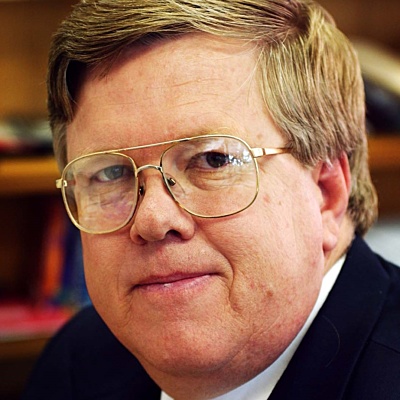
“Sporting club directors, administrators, coaches and medical staff, whether they are volunteers or employed at grass roots or elite professional level, need to pay attention to the care of players and participants,” he said.
Professor McGregor-Lowndes said this was even more important when children were involved.
“This [managing concussion] will be an increasing resource burden for community sport which may need assistance from their parent codes to discharge their responsibilities.”
Federal Health Minister Mark Butler recently told the ABC that the new concussion protocols would be reassuring for parents.
"They've watched the stories about the impact on some of our best-known sports stars who played at an elite level, but they also see this happen on the sporting grounds every weekend when their kids are playing," said Mr Butler.
"They want to know what to do, and now we have some advice about what to do."
Mr Butler said a recommendation that a "concussion officer" be appointed in schools and community sports clubs to co-ordinate the response to a concussion incident was particularly important.
"Having concussion officers in sporting clubs to make sure that people are followed up, referred to their GP, I think is also really important," he said.
Expert in sports law Dr Annette Greenhow, of Bond University said the new concussion guidelines represent an important step in recognising that concussion-concerns in Australian sport are a shared responsibility.

"Through the publication of these Guidelines, the ASC and the AIS as the Australian Commonwealth Government agencies responsible for sport now recognise the important role they play in promoting safety in sport and reducing the risks to participants," Dr Greenhow said.
"Concussion-related concerns represent a potential barrier to participation, with parents, guardians, caregivers and participants concerned about exposure to the risk of harm. With a forecast decline in participations rates in sport, we need to do everything we can to keep our kids in sport and active participation across all age brackets and demographics."
Dr Greenhow said the guidelines recognise the need for a prompt, safe and appropriate response.
"With the Graduated Return to Sport Framework, the most important message is that across all sports, at all levels, there is the need for clarity and consistency of this public health message ‘if in doubt, sit them out’."
Dr Greenhow said building a bridge between sport and school was critically important, especially when youth sustain concussive injuries in weekend or afterschool sports settings.
"While these Guidelines are welcome and long-overdue initiatives, it is important that the ASC/AIS invests in building capacity and resources across the sector, especially in community clubs run by the commitment and dedication of volunteers," she said.
"The last thing we want is to have volunteers overwhelmed or overburdened without additional support."
More information
Australian Sports Commission: Concussion in Australian Sport resources

Posted on 10 Dec 2025
Adele Stowe-Lindner, Executive Director, Community Directors The Institute of Community Directors…
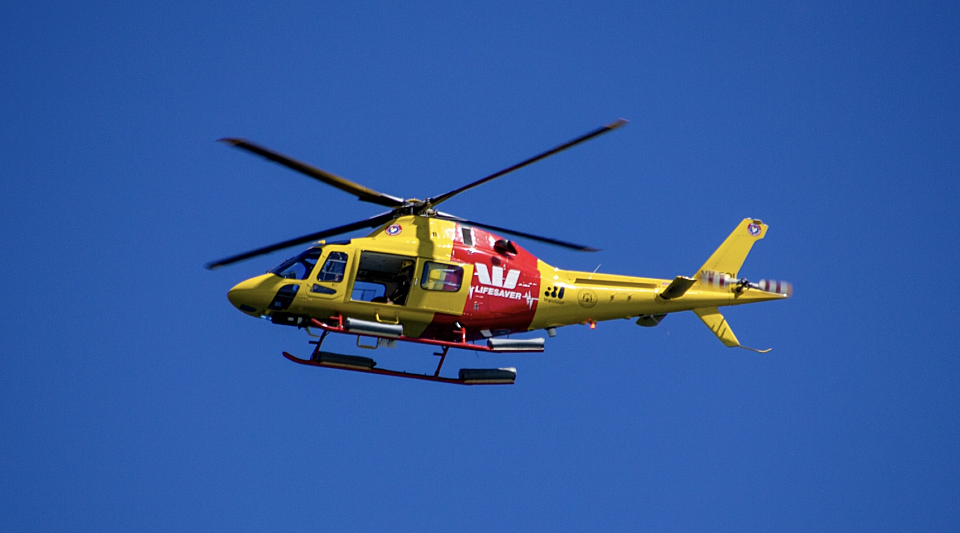
Posted on 10 Dec 2025
The Australia Institute has called on the federal government to force Australian businesses to be…
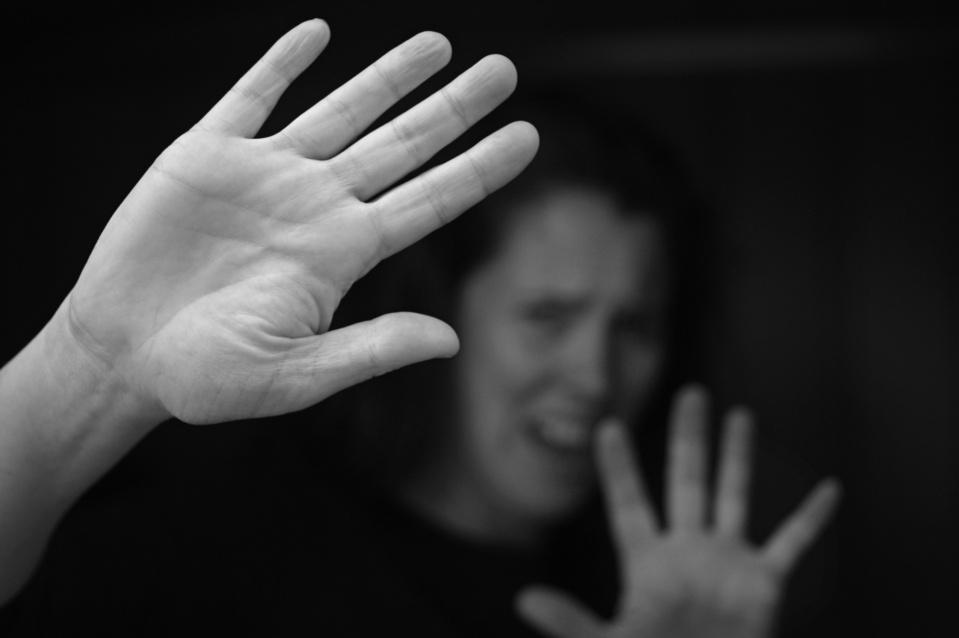
Posted on 10 Dec 2025
Economic empowerment is essential to enabling recovery, restoring agency and preventing future…
Posted on 10 Dec 2025
A long-time advocate for rough sleepers in northern New South Wales has been named her state’s…

Posted on 10 Dec 2025
What a year 2025 has been, particularly at a national level where the Parliament and politics as we…
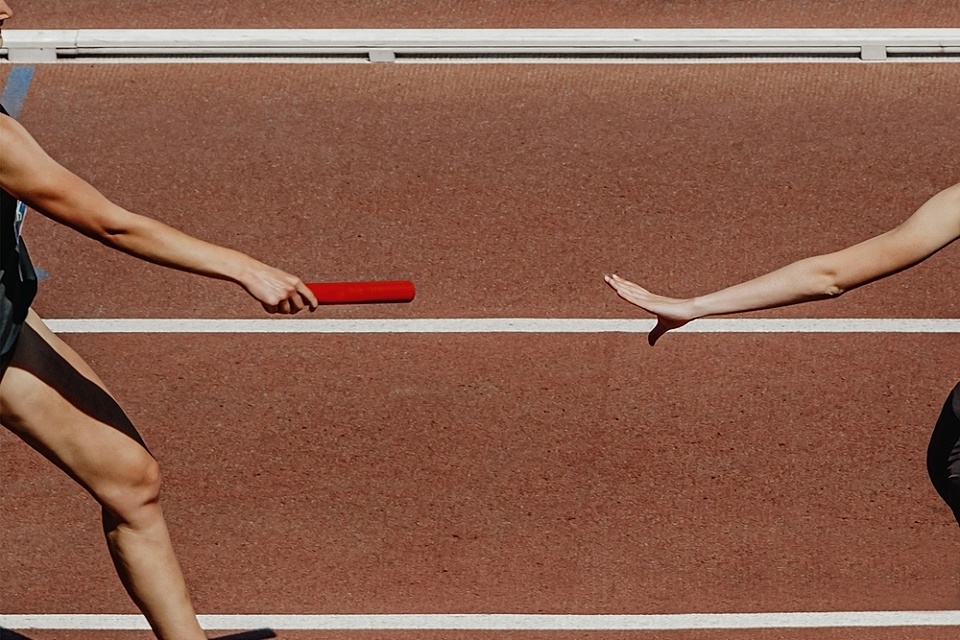
Posted on 10 Dec 2025
Anyone working in an organisation knows it: meetings follow one after another at a frantic pace. On…
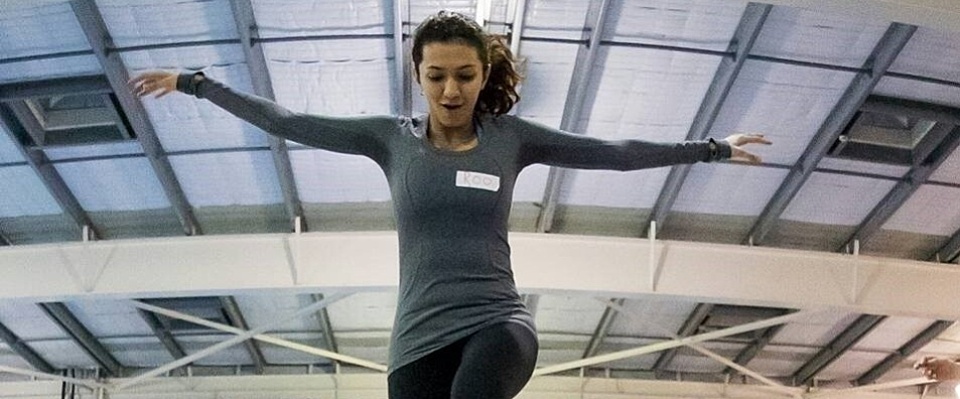
Posted on 10 Dec 2025
As a qualified yoga instructor who learned the practice in her hometown of Mumbai, Ruhee Meghani…

Posted on 10 Dec 2025
Community Directors trainer Jon Staley knows from first-hand experience the cost of ignoring…
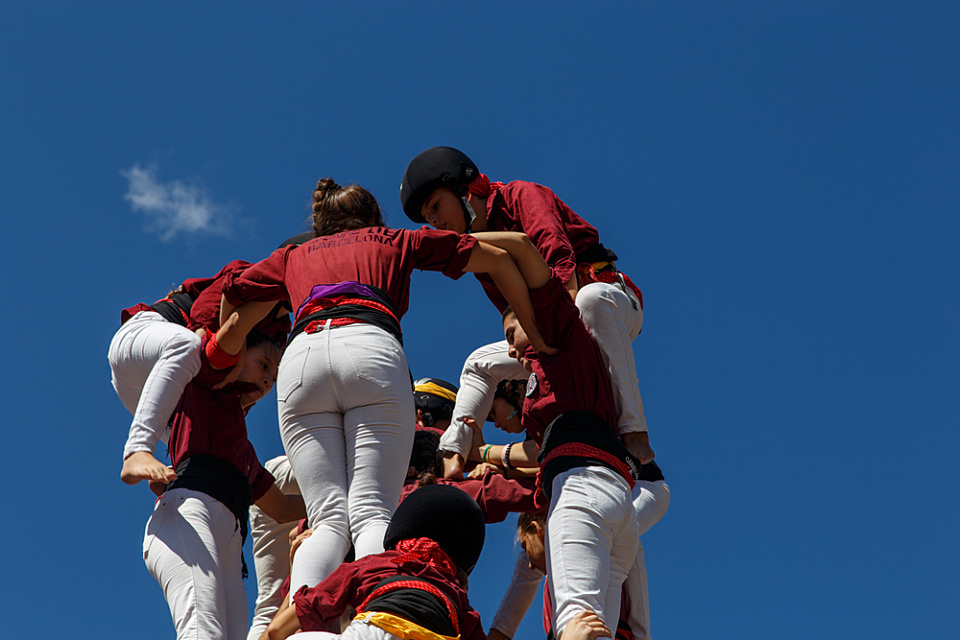
Posted on 10 Dec 2025
Stressed, overwhelmed, exhausted… if you’re on a not-for-profit board and these words sound…

Posted on 10 Dec 2025
The Institute of Community Directors Australia trains over 22,000 people each year, which gives us…
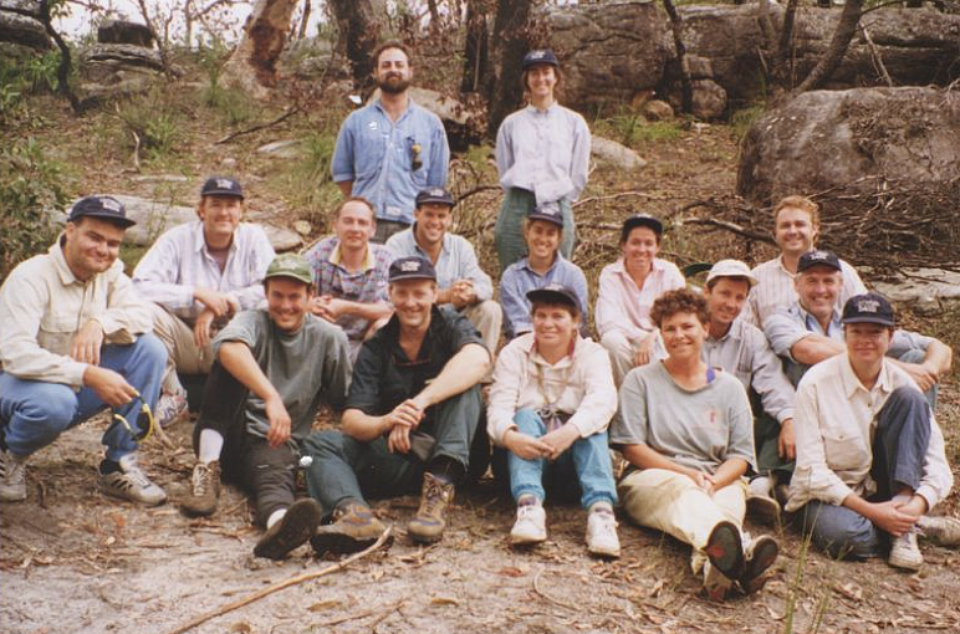
Posted on 09 Dec 2025
The late Sir Vincent Fairfax is remembered as a business leader, a chairman of AMP, and an active…

Posted on 08 Dec 2025
A pioneering welfare effort that helps solo mums into self-employment, a First Nations-led impact…